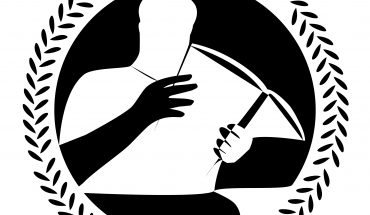“Batman: Three Jokers” #1 by Geoff Johns and Jason Fabok
BY MATTHEW HOANG STAFF WRITER
After four years of development, the comic “Batman: Three Jokers” finally makes its long-awaited debut. This narrative arc was first teased in 2016’s “Justice League: Darkseid War,” a story where Batman gained the complete knowledge of the universe, which showed him that there were actually three Jokers in existence instead of one.
Fans have been waiting to see how this particular plot thread would be resolved. However, because of writer Geoff Johns’s busy schedule of producing DC films and TV, this project became frustratingly delayed. This year’s worldwide pandemic had fans wondering if the story would be released at all. But, finally, it has arrived.
“Batman: Three Jokers” is a more character-driven Batman story than anything DC has published in the last decade. The story is tightly paced, in large part due to the nine-panel grid layout, which helps build suspense and creates an almost claustrophobic feel to the story. The plot itself is thin and — other than a huge twist at the end, — there are not many major revelations to be revealed. However, the small character moments make up for this and the interactions between the characters are arguably the issue’s greatest strength.
This is a story about trauma and how scars — both mental and physical — can be carried over years until they begin to weigh you down with their enormity. This point is driven home in the issue’s first scene. The comic opens with Bruce Wayne returning home after another night of fighting crime. Alfred silently patches him up and there are close-up panels of Batman’s scarred body. Each scar is tied to a traumatic memory from the past and many of them were caused by the Joker.
As for the titular three Jokers, they only appear briefly but they certainly make an impact. Each Joker resembles a different publication era in DC history. There’s the “clown” Joker who resembles the 1950s Joker of the silver age, the “comedian” Joker, who is a more modern interpretation of the character and the “criminal” Joker who often appeared in the original comics of the ‘40s. While each Joker has a similar appearance, Johns is a talented enough writer that each feels wholly unique and distinct from the other. Their interactions — while limited — are appropriately creepy and unsettling, which ties in perfectly to the horror tone of this book.
What can be said about the art other than “absolutely phenomenal?” It’s clear that the four-year delay of this book only strengthened — not weakened — artist Jason Fabok’s skill. He had more than enough time to meticulously sketch and render to perfect detail every scene in this issue and it shows. From the panels that mimic the close up, wide shot and other camera angles of films, to the highly detailed lines of a character’s face, it was almost like reading a movie.
Johns and Fabok have crafted a well-written story that touches upon pretty much every facet of Batman’s long running mythology. If you’re a fan of Batman, you will most surely enjoy this tale as it is loaded with references to other Batman stories. If you are not a comic fan, this story is far enough from current comic continuity to be readable by a non-comic reader. Either way, not only is this an incredible Batman story, but definitely one of the best comics published in a long time.


